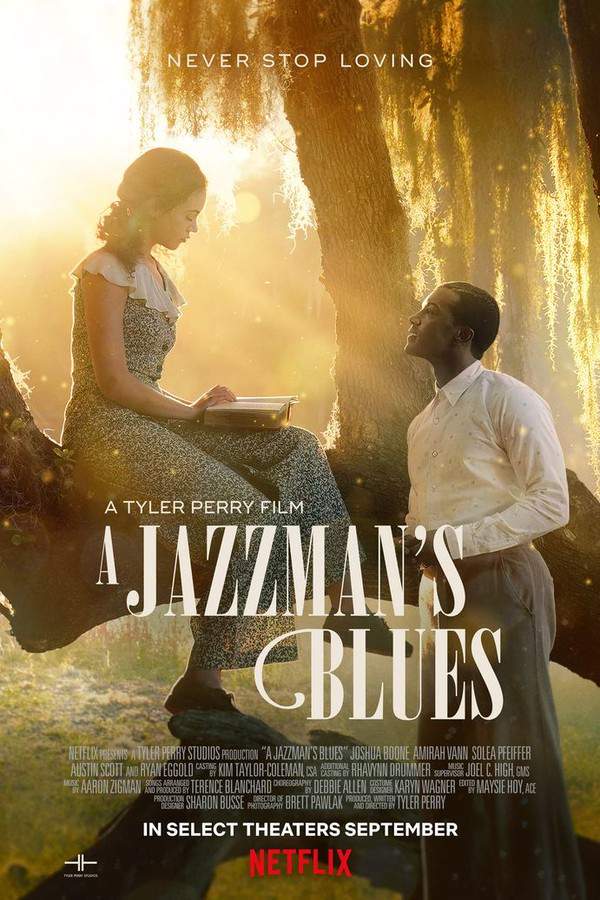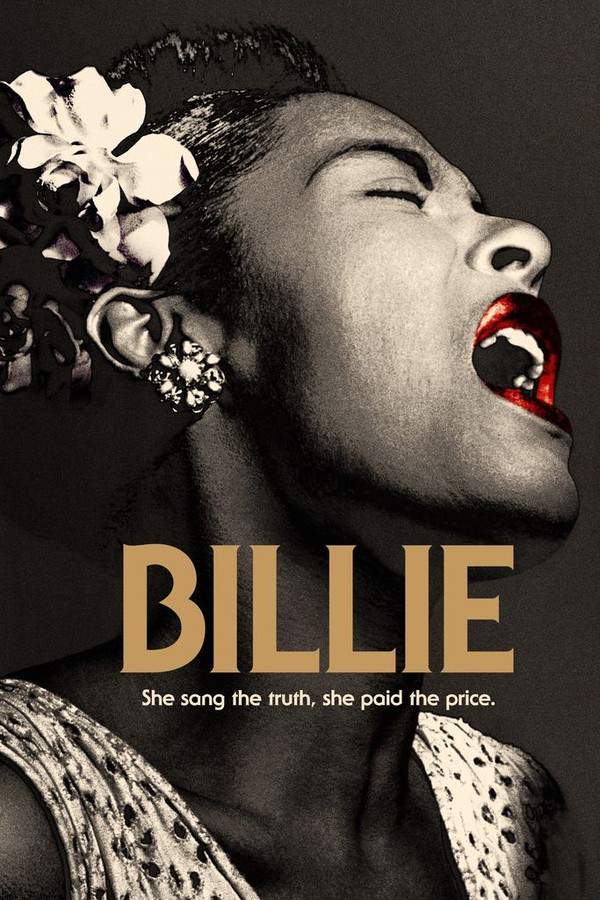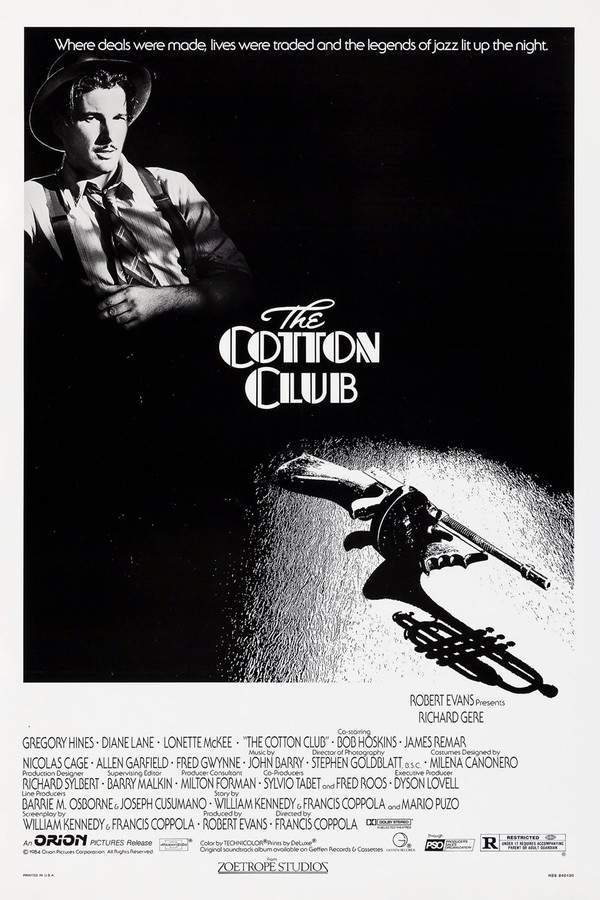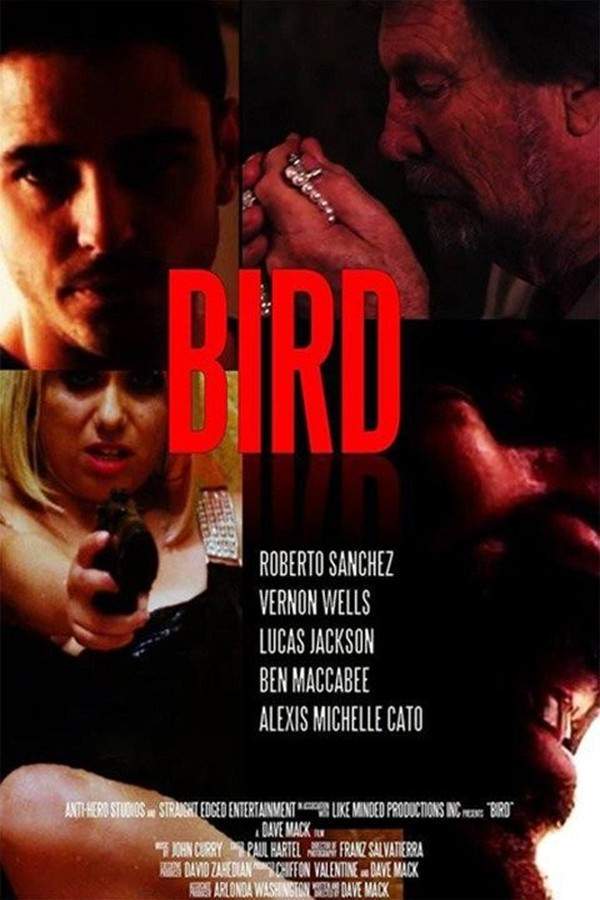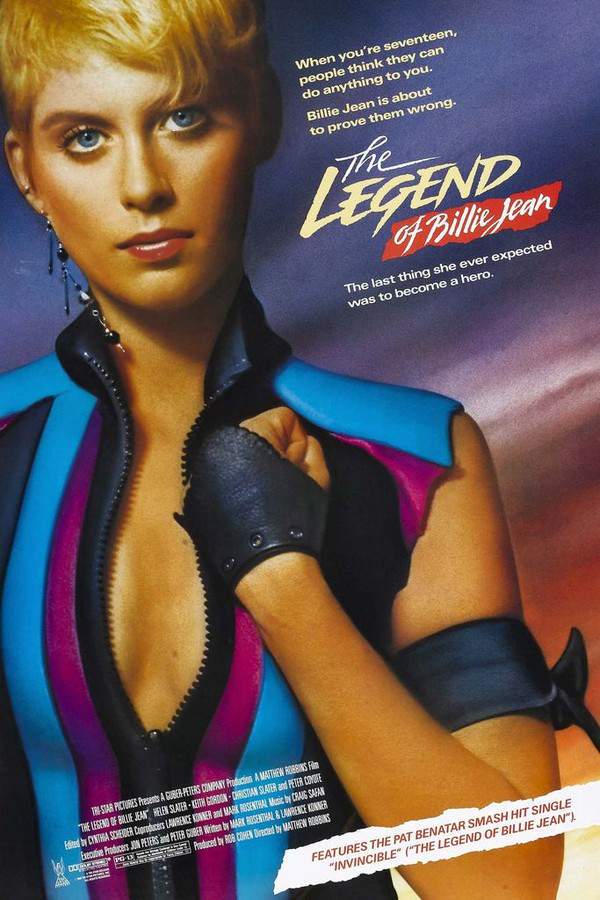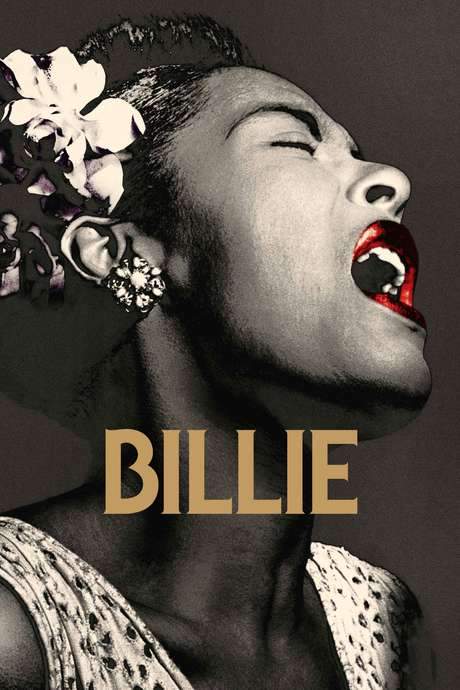The United States vs. Billie Holiday 2021

During the 1940s, as jazz singer Billie Holiday achieved global recognition, the Federal Department of Narcotics initiated a secret campaign to target her. Led by black agent Jimmy Fletcher, the operation was complicated by a romantic relationship between them, further intensifying the situation. The film explores Holiday's challenging life, portraying the intersection of her rise to fame, struggles with addiction, and profound heartbreak.
Does The United States vs. Billie Holiday have end credit scenes?
No!
The United States vs. Billie Holiday does not have end credit scenes. You can leave when the credits roll.
Meet the Full Cast and Actors of The United States vs. Billie Holiday
Explore the complete cast of The United States vs. Billie Holiday, including both lead and supporting actors. Learn who plays each character, discover their past roles and achievements, and find out what makes this ensemble cast stand out in the world of film and television.

Melvin Gregg

Garrett Hedlund
Harry Anslinger

Rob Morgan

Da'Vine Joy Randolph
Roslyn

Trevante Rhodes
Jimmy Fletcher

Natasha Lyonne
Tallulah Bankhead

Tone Bell

Dana Michelle Gourrier
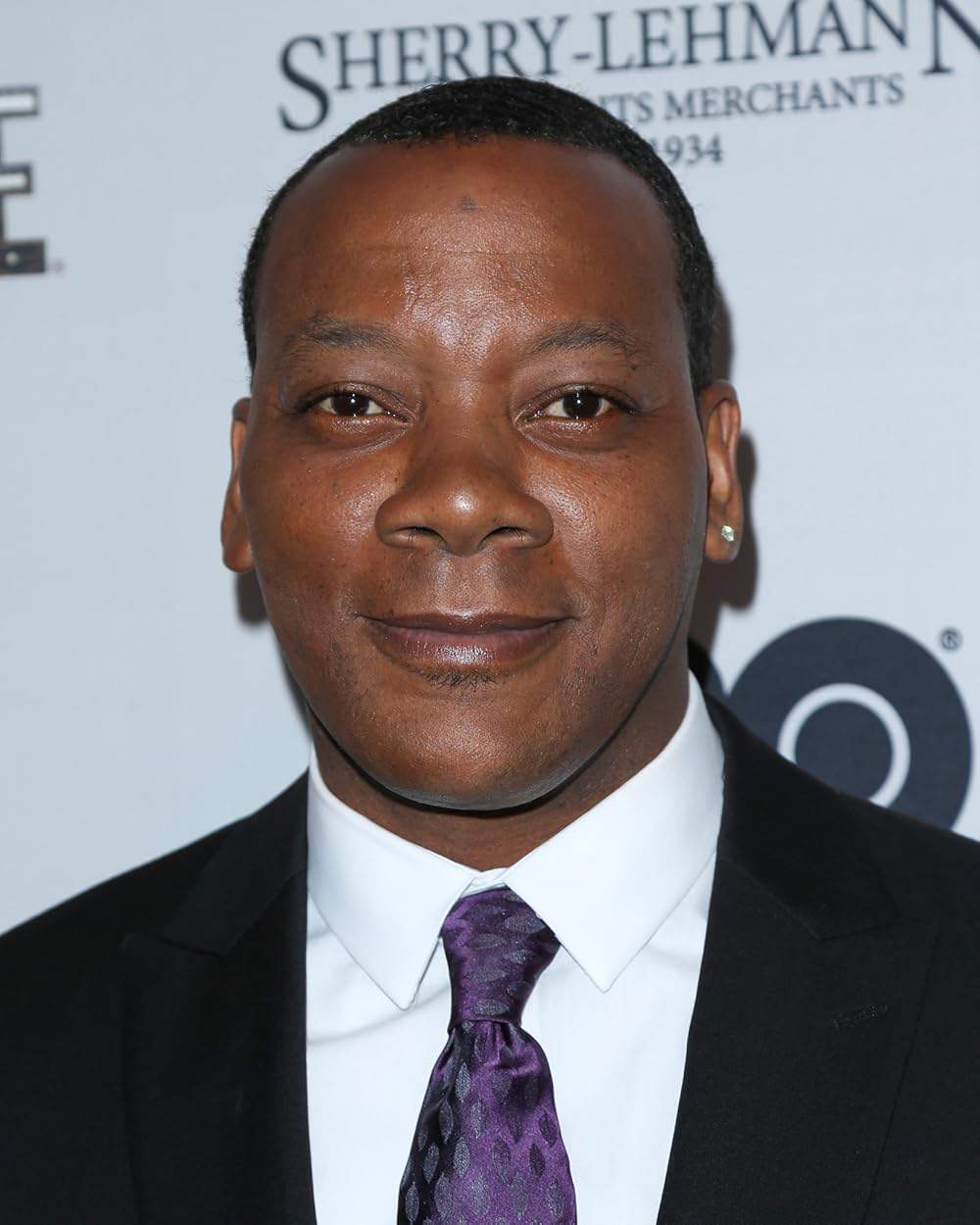
Erik LaRay Harvey
James Monroe

Andra Day
Billie Holiday

Dusan Dukic
Joe Glaser

Evan Ross

Koumba Ball
Lucille

Leslie Jordan
Reginald Lord Devine

Miss Lawrence
Miss Freddy

Tyler James Williams
Lester Young
External Links and Streaming Options
Discover where to watch The United States vs. Billie Holiday online, including streaming platforms, rental options, and official sources. Compare reviews, ratings, and in-depth movie information across sites like IMDb, TMDb, Wikipedia or Rotten Tomatoes.
Ratings and Reviews for The United States vs. Billie Holiday
See how The United States vs. Billie Holiday is rated across major platforms like IMDb, Metacritic, and TMDb. Compare audience scores and critic reviews to understand where The United States vs. Billie Holiday stands among top-rated movies in its genre.

The Movie Echo Score
The United States vs. Billie Holiday offers a striking lead performance amid a technically uneven production. Andra Day’s portrayal consistently earns acclaim for its emotional depth and stage authenticity. However, critics note inconsistent direction, jumbled timelines, and a conventional biopic structure that undermine narrative momentum. Musical integration yields powerful sequences, though erratic sound design and visual disparities detract from immersion. These combined strengths and weaknesses result in a film that intrigues through performance but ultimately struggles to cohere fully.
The Movie Echo Score Breakdown for The United States vs. Billie Holiday

Art & Craft
In terms of art and craft, the film’s direction and production design are notably uneven and at times distract from the narrative. Critics highlight inconsistent tonal shifts, abrupt editing choices, and jarring color grading that undermine visual cohesion. Occasional moments of strong framing and composition emerge but are overshadowed by technical missteps. Overall, these fluctuations create an imbalanced aesthetic that limits the film’s craft effectiveness.

Character & Emotion
In terms of character and emotion, Andra Day’s performance anchors the film with remarkable depth and vulnerability. Observers praise her commanding close-ups, nuanced expressions, and the emotive power she brings to pivotal scenes like “Strange Fruit.” Few critiques address her portrayal, instead noting that her soulful presence elevates otherwise uneven moments. Overall, her performance provides a consistently compelling emotional core that drives the film’s engagement.

Story & Flow
In terms of story and flow, the narrative structure feels fragmented and often struggles to maintain momentum. Reviewers cite jumbled timelines, abrupt transitions, and conventional biopic plotting that detract from engagement. While the central conflict involving legal persecution is inherently compelling, the disjointed pacing and lack of thematic clarity obscure its impact. Overall, the plot’s uneven construction and reliance on familiar formulas limit its ability to deliver a cohesive and original arc.

Sensory Experience
In terms of sensory experience, the film presents an uneven blend of musical and visual elements. The integration of Billie Holiday’s performances generates powerful, resonant moments, yet inconsistent sound design and harsh color filters distract from overall immersion. Some sequences are enriched by dynamic score cues, but uneven lighting and occasional audio imbalance undermine cohesion. Overall, the film’s sensory palette offers striking highs but is hindered by technical and stylistic inconsistencies.

Rewatch Factor
In terms of rewatch factor, the film’s primary appeal resides in its lead performance, which may warrant repeat viewings. However, the fragmented narrative, abrupt tonal shifts, and technical missteps reduce enjoyment on subsequent watches. While key musical sequences retain emotional potency, the overall uneven pacing and structural weaknesses diminish lasting appeal. Overall, viewers may find that the film’s shortcomings outweigh its highlights, limiting its replay value beyond initial curiosity.

52
Metascore
5.4
User Score


55%
TOMATOMETER

79%
User Score

6.3 /10
IMDb Rating

66
%
User Score

4.33/5
From 3 fan ratings
Take the Ultimate The United States vs. Billie Holiday Movie Quiz
Challenge your knowledge of The United States vs. Billie Holiday with this fun and interactive movie quiz. Test yourself on key plot points, iconic characters, hidden details, and memorable moments to see how well you really know the film.
The United States vs. Billie Holiday Quiz: Test your knowledge of the biographical drama film 'The United States vs. Billie Holiday'.
What year did the events depicted in the movie primarily take place?
1945
1947
1950
1957
Show hint
Awards & Nominations for The United States vs. Billie Holiday
Discover all the awards and nominations received by The United States vs. Billie Holiday, from Oscars to film festival honors. Learn how The United States vs. Billie Holiday and its cast and crew have been recognized by critics and the industry alike.
93rd Academy Awards 2021
26th Critics' Choice Awards 2021
78th Golden Globe Awards 2021
Best Original Song
Full Plot Summary and Ending Explained for The United States vs. Billie Holiday
Read the complete plot summary of The United States vs. Billie Holiday, including all major events, twists, and the full ending explained in detail. Explore key characters, themes, hidden meanings, and everything you need to understand the story from beginning to end.
In 1957, the legendary singer Billie Holiday sits down for an interview with radio journalist Reginald Lord Devine. During their discussion, Devine probes her about the challenges she faces as a “colored woman” and the backlash surrounding her powerful song “Strange Fruit.” Billie passionately explains that the song’s lyrics highlight crucial human rights issues, which are often neglected by those in power.
Flashback to 1947, where Billie’s husband James Monroe and her manager Joe Glaser urge her to remove “Strange Fruit” from her performance repertoire due to potential legal complications. Despite their concerns, Billie’s saxophonist and steadfast ally, Lester Young, stands by her, encouraging her to keep the song in her set.
As the 1940s unfold, Harry J. Anslinger, the head of the Federal Bureau of Narcotics, marks Billie as a major target, perceiving her as a political threat because of her music’s provocative themes. Unable to charge her with merely singing, the authorities pivot to alleged drug offenses. After one of her performances, undercover agent Jimmy Fletcher, posing as a soldier, witnesses Billie using drugs. The ensuing investigation leads to her arrest alongside her partner Joe Guy. Betrayed by the testimony of a bribed witness, Billie receives a harsh one-year prison sentence.
Assigned to gain Billie’s trust, Jimmy visits her in prison, initially aiming to extract incriminating evidence. However, he becomes sympathetic to her plight and advises her to stay vigilant, knowing the government is intent on destroying her legacy.
Upon her release, Billie returns to the stage at Carnegie Hall but is saddened when she must turn down a fan’s request to hear “Strange Fruit.” She subsequently meets promoter John Levy, who offers to help her navigate the treacherous waters of her career. Sadly, Levy’s betrayal comes full circle when he plants drugs on her, resulting in another arrest just as Anslinger’s agents close in. In a dramatic court scene, Jimmy reveals that Billie may have been set up, leading to her freedom once more.
In 1949, after a successful string of performances, Jimmy finally comes clean about his true allegiance to the Bureau. Desperate to earn Billie’s trust again, he shares his struggles with addiction, and their relationship deepens as they fall in love. However, after a bus breakdown prompts an emotional farewell, Billie believes that she is not the right partner for Jimmy, prompting him to leave.
Later, Billie marries Louis McKay, but her heart ultimately belongs to Jimmy. As 1959 rolls around, an older Billie lies dying in a hospital bed after years of battling alcoholism. In a final confrontation, Anslinger pays her a visit with one last deal—clearing her record in exchange for names of fellow drug users. Billie, unfazed, delivers a powerful retort, stating that his grandchildren will one day be singing “Strange Fruit.”
Uncover the Details: Timeline, Characters, Themes, and Beyond!

Coming soon on iOS and Android
The Plot Explained Mobile App
From blockbusters to hidden gems — dive into movie stories anytime, anywhere. Save your favorites, discover plots faster, and never miss a twist again.
Sign up to be the first to know when we launch. Your email stays private — always.
Watch Trailers, Clips & Behind-the-Scenes for The United States vs. Billie Holiday
Watch official trailers, exclusive clips, cast interviews, and behind-the-scenes footage from The United States vs. Billie Holiday. Dive deeper into the making of the film, its standout moments, and key production insights.
The United States vs. Billie Holiday Themes and Keywords
Discover the central themes, ideas, and keywords that define the movie’s story, tone, and message. Analyze the film’s deeper meanings, genre influences, and recurring concepts.

Unlock the World of Movies with Our Comprehensive Wiki
Dive into our Movie Wiki for in-depth film encyclopedia entries, including cast biographies, production trivia, plot synopses, behind-the-scenes facts, and thematic analyses. Whether you’re researching iconic directors, exploring genre histories, or discovering hidden easter eggs, our expertly curated movie database has everything you need to fuel your cinematic passion.

Similar Movies To The United States vs. Billie Holiday You Should Know About
Browse a curated list of movies similar in genre, tone, characters, or story structure. Discover new titles like the one you're watching, perfect for fans of related plots, vibes, or cinematic styles.
Quick Links: Summary, Cast, Ratings, More

What's After the Movie?
Not sure whether to stay after the credits? Find out!
Explore Our Movie Platform
New Movie Releases (2025)
Famous Movie Actors
Top Film Production Studios
Movie Plot Summaries & Endings
Major Movie Awards & Winners
Best Concert Films & Music Documentaries
Movie Collections and Curated Lists
© 2025 What's After the Movie. All rights reserved.












